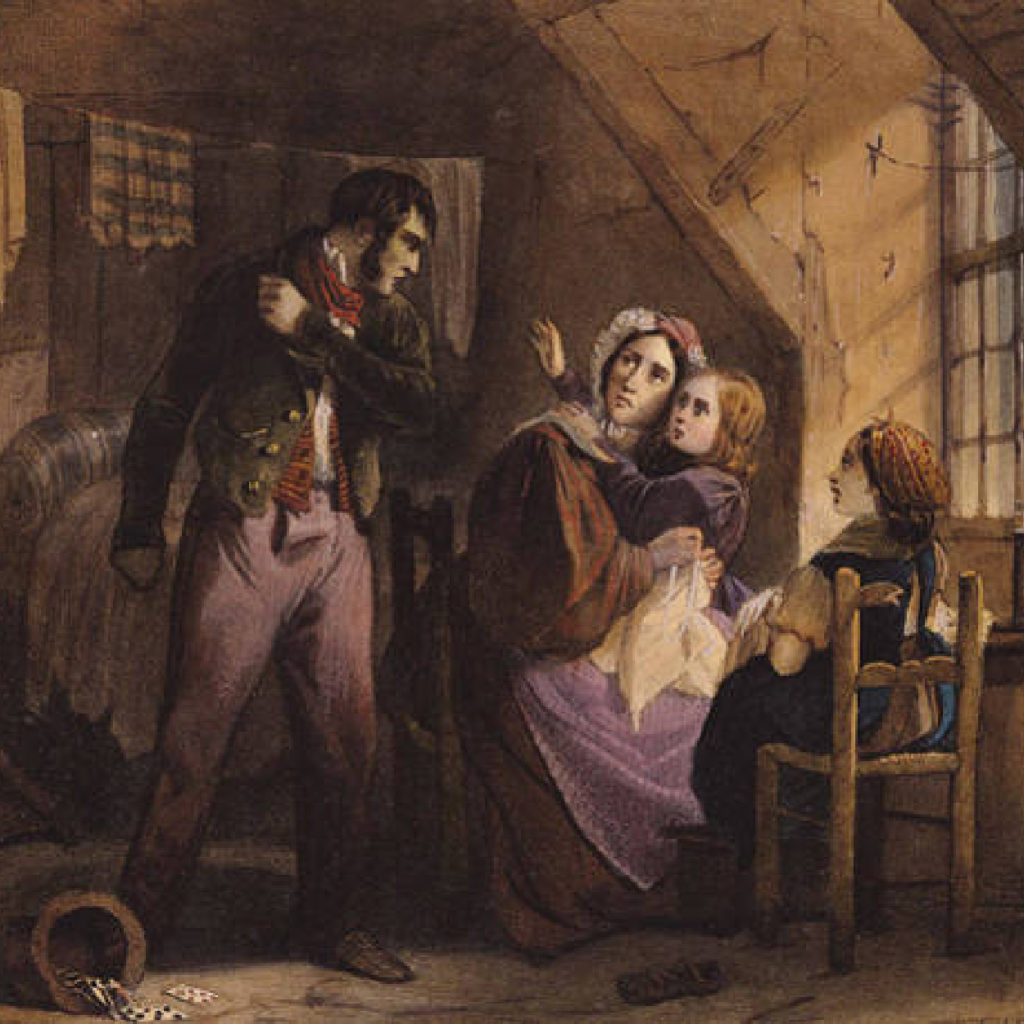Women’s History Month and the History of the Domestic Violence Movement

Throughout history, women have made numerous and essential contributions to the evolution of humankind and society. However, these contributions have often been yielded invisible or trivialized. As such, since 1981, a version of Women’s History Month has been celebrated to highlight the unique and groundbreaking work of women throughout history. Central to these accomplishments are the initiatives and fight for women’s rights: the right to vote, the right to body autonomy, and the right to not be abused by your husband.
As Genesis continues to do the work, we are encouraged to look back at the women who got us to where we are today. We look to their power and strength to support further advocacy and policy efforts to help support those impacted by domestic violence and gender-based crimes.
Timeline of Domestic Violence Movement (and Women’s Rights)
- In Ancient Rome, “wife beating” is viewed as an acceptable (and normal) part of a marital relationship. From this tradition, we get early versions of “the Rule of Thumb ”. which permits that a husband can beat his wife with a rod or switch as long as it’s no greater than the girth of his right thumb. This practice would be heavily linked to English common law and colonial life in the United States.
In March 1776, Abigail Adams wrote to the Continental Congress “remember the ladies and be more generous and favorable to them than your ancestors. Do not put such unlimited power into the hands of the husbands. Remember, all men would be tyrants if they could. If particular care and attention is not paid to the ladies, we are determined to foment a rebellion, and will not hold ourselves bound by any laws in which we have no voice or representation.” Abigail’s words would continue to support women’s rights initiatives for the centuries to follow. - In 1824, Mississippi’s Supreme Court allowed a husband to administer “moderate chastisement in case of emergencies”. The language around these cases often highlighted that spousal abuse was done as a means to protect the husband from his wife’s wrongdoing or that the wife was being “punished” for subjective wrongdoing. These traditions give way to modern conceptualizations of gaslighting.
- In 1871 Alabama was the first state to rescind the legal right of men to beat their wives. 11 years later, Maryland is the first state to pass a law making wife-beating a crime.
- In 1875, Martha McWhirter opened the first domestic violence refuge/shelter in Belton Texas. Similar shelters were present nation wide but did not become commonplace until the 1970s/1980s
In the early 1900s, we began to see the presence of family courts, suggesting that “family issues’ are better suited here then in criminal courts. This begins to set the under utilization of criminal justice courts for domestic violence crimes. - In 1919, the 19th amendment was passed granting women the right to vote. Suffragettes in the mid-1800s started to advocate for this, but it was not until 1919 that it became law.
- 1964 & 1972, Title VII and Title IX are passed to help prevent discrimination on the basis of sex in places of employment and higher education
- The 60s and 70s are associated with the second wave of feminism. During this time, increased politicization of domestic violence occurs to combat the precedent that domestic violence is a private issue between spouses and “kept behind closed doors’ ‘. In the late 1970s, we saw the emergence of “Take Back the Night” marches.
- The 1990s came with the passage of the Violence against Women Act (VAWA) which “creates and supports comprehensive, cost-effective responses to domestic violence, sexual assault, dating violence and stalking.’ The 1990s also saw a rise in conversations on intersectionality and a better understanding of the complex nature of gendered crimes and the social and political structures that uphold them.
- In the last decade, there has been increased recognition of crimes against women, with the prominence of the #metoo movement and increased use of social media
Looking at this timeline, it is important to realize that the domestic violence movement and women’s rights movement overall are relatively modern initiatives. While significant strides have been made in both areas, a lot of work is still needed. The passage of the above laws and related social justice movements are not sufficient for achieving women’s equality nor an end to domestic violence and gendered crimes. As such, we honor the work of the many women and allies that supported the initiatives listed above, and use their strength and knowledge to propel further work to end gender-based violence.
To learn more:
http://saintmarthas.org/resources/history-of-battered-womens-movement/
https://www.yumpu.com/en/document/read/46658747/history-of-the-battered-womens-movement-in-texas-1875-martha-
https://history.house.gov/Exhibitions-and-Publications/WIC/Historical-Essays/No-Lady/Womens-Rights/
https://www.history.com/topics/womens-history/womens-history-us-timeline
http://www.pacwrc.pitt.edu/Curriculum/310DomesticViolenceIssuesAnIntroductionforChildWelfareProfessionals/Handouts/HO3DomesticViolenceTimeline.pdf
https://freedomandcitizenship.columbia.edu/ipv-history
Written by Emma Coleman, Lead Childcare Coordinator
